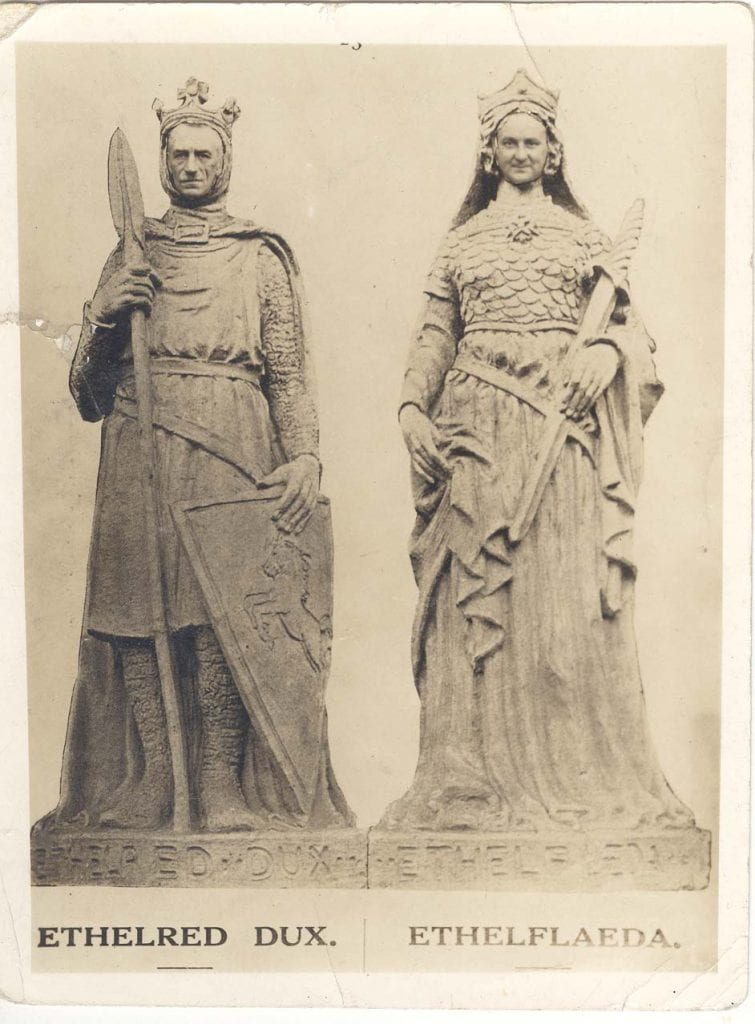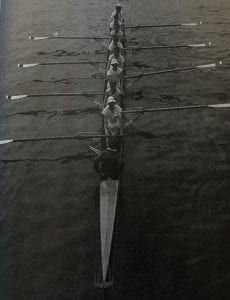During the February half term, I completed Springpod’s Journalism Virtual Work Experience programme. Springpod is a platform that provides a wide range of virtual work experience opportunities for those who are keen to find out about potential career options.
Over the course of the programme, I had the chance to take an in-depth look at print, broadcast and photojournalism as well as a variety of roles within the industry. For me, meeting professionals at the live webinars was undoubtedly one of the highlights because I was able to gain a real insight into what life as a journalist is like. Among these professionals was BBC News Presenter Martine Croxall, who shared that she started out in this challenging industry by interviewing a man dressed as a rubber tree!

One of the most memorable things that I will take away from this experience is the awareness that words have the potential to shape the way a topic is viewed by an audience. The importance of impartiality is key in quality journalism and it is essential for a journalist to report the truth as accurately as possible. Although a journalist cannot always guarantee the ‘truth’ of their sources, ensuring that the report of expressed opinions and information is accurate plays a huge role in producing work fit for publications. Whilst journalists produce articles that enable the public to understand and talk about complex, relevant issues, a journalist can also generate negative impacts if failing to stick to accepted ethical principles. This may consequently cause widespread mistrust in the media.
When choosing subject matter as a photojournalist, it is important to tell a story which closely relates and appeals to human emotion surrounding the issues at the heart of the media. Freelance MMA reporter for The Daily Mail Sports Team, Natasha Hooper, highlighted both the benefits and drawbacks to working as a freelance journalist instead of in a full time, contracted position. Despite the lack of security, there are endless opportunities for a freelance writer. You are not tied to one political stance or writing style which a publication relies on you to deliver and you have the ability to work anywhere, on a different job everyday. She also underlined the importance of discovering your niche early and carefully considering why this is exactly what publications should be publishing.
I was required to complete a variety of quizzes and activities including; creating my dream portfolio, writing a climate change article, planning a news schedule/live broadcast, writing a cover letter and action plan as well as choosing my photo of the decade. I learnt that knocking on doors, building contacts, finding work experience and staying curious are invaluable approaches to taking the first steps towards a career in journalism.

My chosen photo of the decade
Although I am still unsure about a future career, I would definitely recommend experiences like this and keeping an open mind by getting involved with anything that interests you, should you find yourself in a similar position to myself.


















